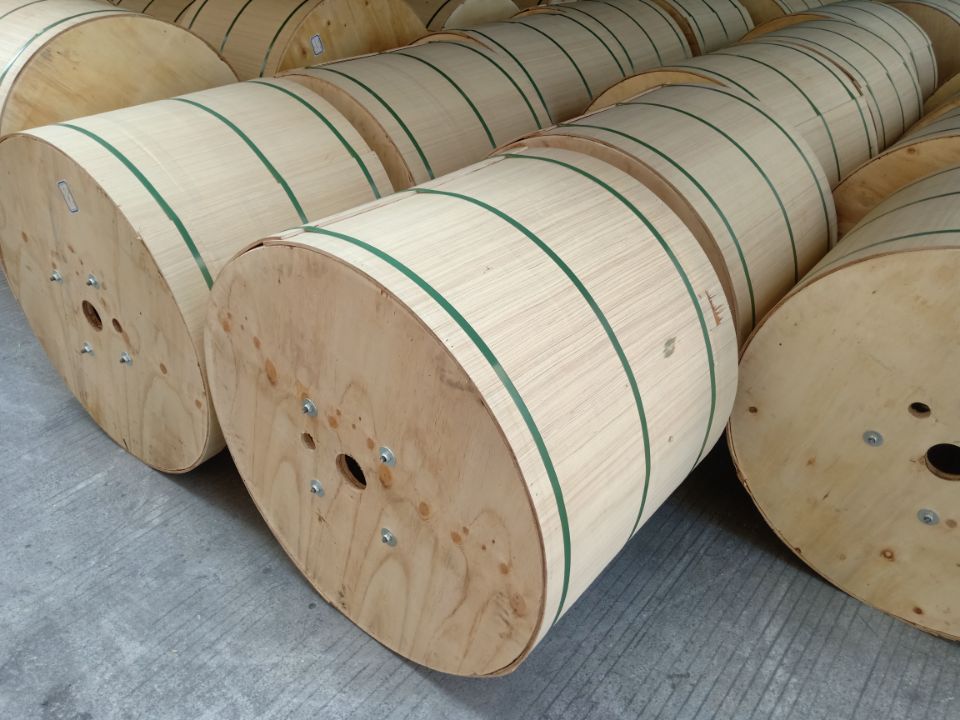What is Fiber Optic Cable?
Fiber optic cable is a form of network cable that has a plastic casing and includes dozens to hundreds of optical fibers. They send data messages in the form of light, which is hundreds of kilometers quicker than regular wires. Optical fiber is a technique that uses glass or plastic fiber bundles to carry information in the form of light pulses over great distances. Fiber optic cables are not damaged by the weather since they are non-metallic, and they are also safer because they do not carry current.

What is A Fiber Optic Network?
There are several different types of fiber optic networks. FTTX is a generalization for several configurations of fiber deployment, arranged into two groups: FTTP/FTTH/FTTB and FTTC/FTTN. FTTx stands for Fiber to the x or fiber in the loop is a generic term for any broadband network architecture using optical fiber to provide all or part of the local loop used for last mile telecommunications.
Main Element of Fiber Optics
- Core
- Cladding
- Coating
- Cable Jacket
- Strengthening FIbers
The Advantages of Fiber Optic Cable
Bandwidth
The bandwidth of fiber optics is larger. A fiber cable can readily transport more network bandwidth than a copper wire of same thickness. 10 Gbps, 40 Gbps, and 100 Gbps fiber lines are common. The capacity of single mode fiber can be up to twice that of multimode fiber.
Speed
Fiber optic networks are far faster than even the fastest copper Internet connections, with rates ranging from 5 Mbps to 100 Gbps. With a fast data connection over a fiber optic network, you can enjoy equal upload and download times.
Transmission Distances
Fiber optic cables are a low-power-loss medium, allowing for more bandwidth over longer distances while minimizing power loss. The exact distance depends on the cable type, wavelength, and network. Fiber optic cables can travel up to 10 kilometers.
Lightweight
Fiber optic cables are thinner and lighter than copper wires, making installation easier in tight spaces like conduit and ducts.
Reliability & Flexibility
Optical fibers have a higher tensile strength and are stronger than metal fibers of the same diameter, making them less susceptible to damage. Temperature variations, severe weather, and humidity have little effect on fiber optics. Because optical fibers do not carry current, they are not susceptible to electromagnetic interference, which could cause data transmission to be disrupted.
Baudcom offers all types of Fiber optic cable. For more information, please feel free to contact us.
Related article: Limitations of Fiber Optic cable: What You Need to Know
What is the Bandwidth of Fiber Optic Cable